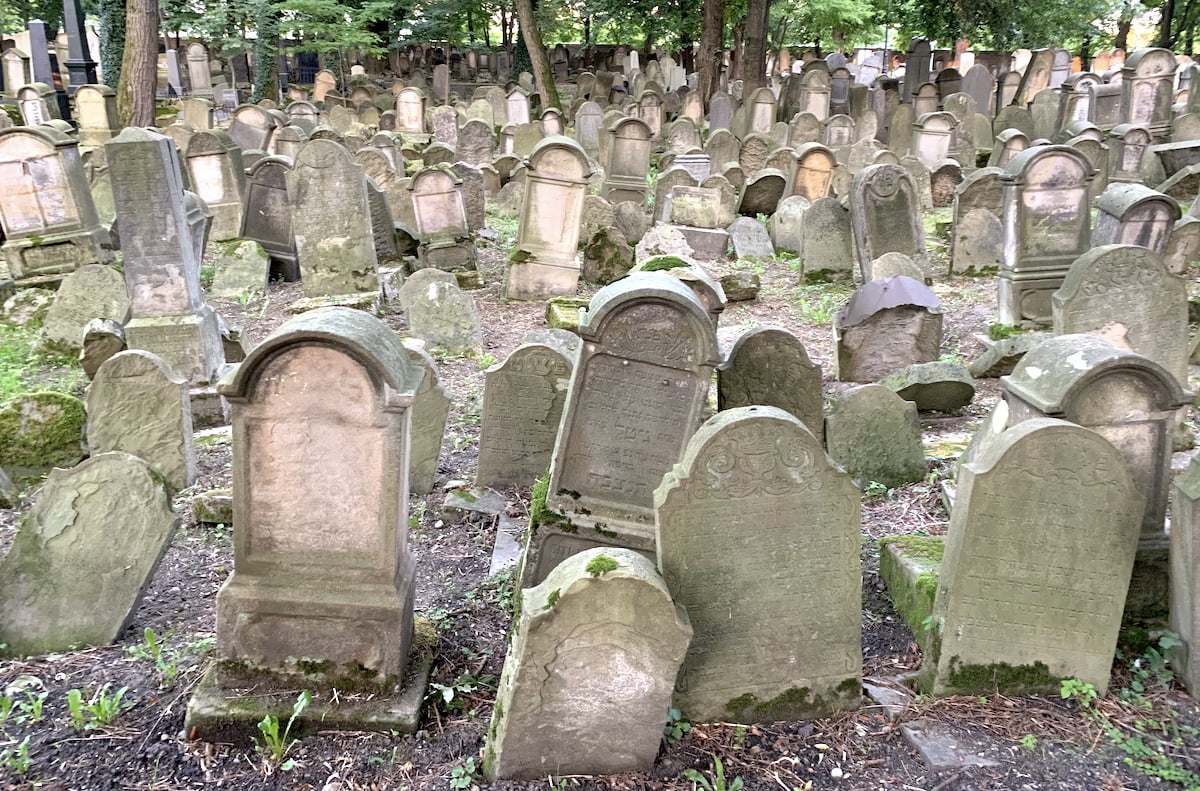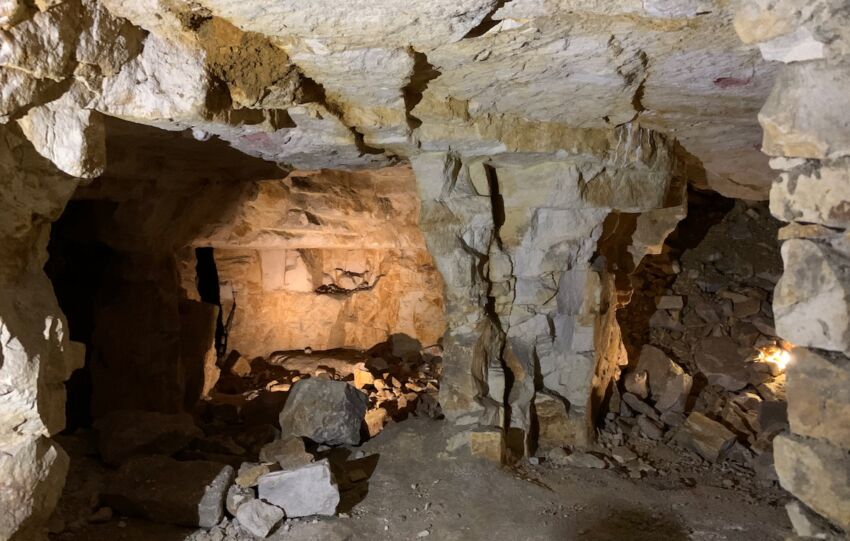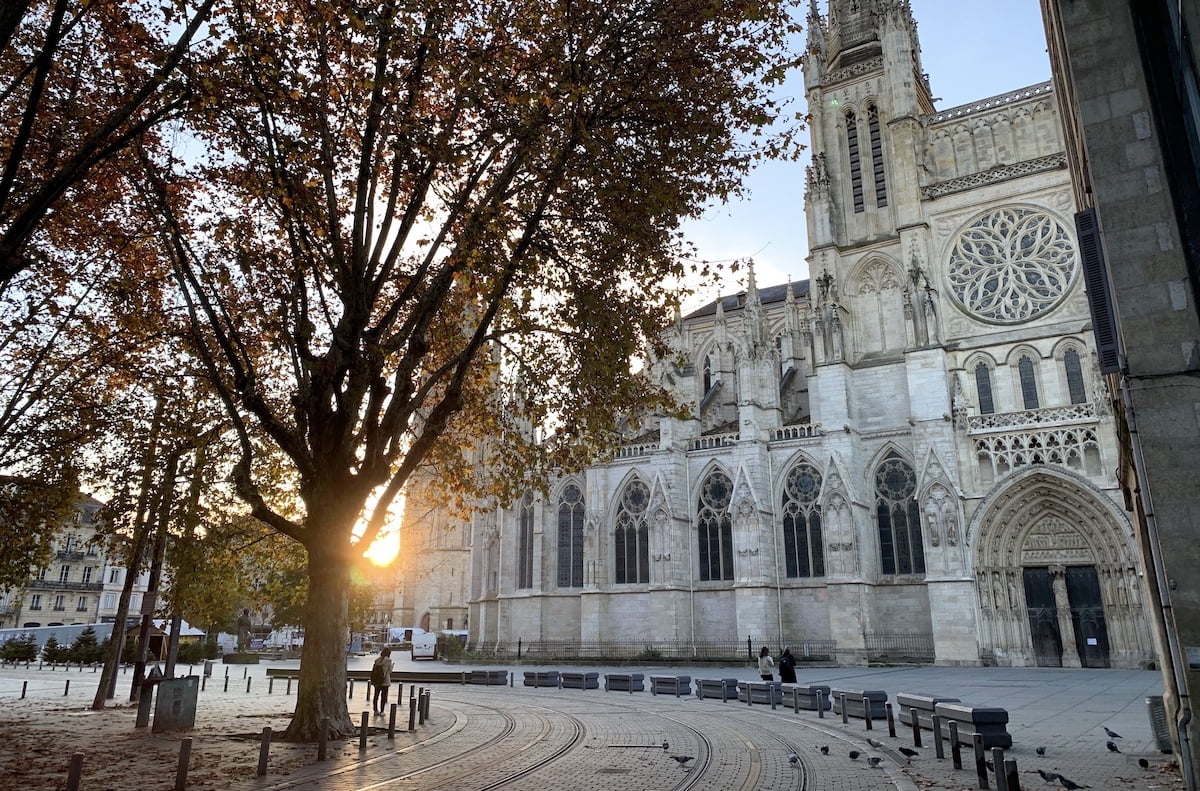Share This Article
For many years, the first country that came to mind when it came to opal mining was Australia. Did you know that the oldest opal mines in the world are located… in Slovakia? Today, their extraction in this location is no longer practiced for economic reasons, but they are available to visitors! I invite you for an underground walk!.
I will tell you right away that this place does not resemble the most famous Polish mines, such as Wieliczka or Bochnia. You will feel more like you are in Tarnowskie Góry.
Slovak Opal Mines – location and access
The Slovak opal mines are located near the village of Dubník in the Prešov region. You can get here by car from Prešov in half an hour (25 kilometers), and from Košice in about 35 minutes (35 kilometers). There is a parking lot where you can leave your car. We drove from the direction of Prešov, and this road is very charming, so we recommend it to you as well. Right next to the parking lot, there is a bus stop. From what I managed to find out, there are buses from Prešov here, but for details, it is best to ask at the local tourist information center.
Right next to the parking lot, opposite the entrance to the Józef adit, there is a small pavilion waiting for you. There you will find a ticket office, a cafe, toilets, and on the first floor, educational rooms for groups. You can also buy souvenirs from this place there.
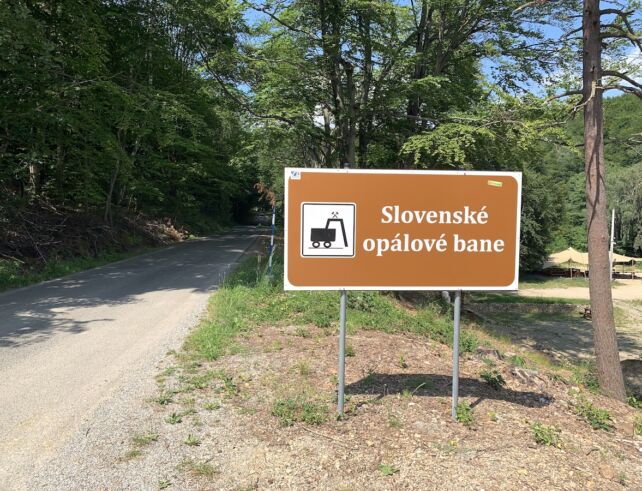
Opening hours and tickets
In Slovak Opal Mines, here are two tour options available – the tourist route and the adrenaline route. The first one lasts an hour and covers nearly one and a half kilometers. The second route lasts over 4 hours and the walk is much longer and more challenging.
A ticket for the tourist route costs 12 Euros per adult, and children from 3 to 15 years of age pay 7 Euros. Children under the age of 3 are free of charge.
Mine entries occur at specific times, but if you are visiting with a group, you can arrange a convenient time in advance. Depending on the season, the underground walks start at:
from July to August: 9:00, 10:00, 11:00, 12:00, 13:00, 14:00, 15:00, 16:00
from September to June: 9:00, 10:00, 11:00, 12:00, 13:00, 14:00, 15:00
Tickets can be booked online on the mines’ website. For foreign tourists, audio guides are available at the price, with one of the available languages being Polish. You just need to follow the numbers that are located throughout the mine to learn about its history.

How to prepare for the visit?
Before visiting, it’s a good idea to think about bringing some warm clothing. The temperatures throughout the mine system do not exceed 6-8 degrees Celsius, so you will definitely feel it. There’s no freezing cold, but a hoodie will certainly come in handy. Even in summer, we recommend full shoes because your feet will get really cold in sandals. Each of you will be equipped with a helmet before entering the tunnels, so if you plan a fancy hairstyle with a bun, unfortunately, it will be difficult to put the helmet on.
In the mine, we move along pathways carved out of rock, but there are places where you have to walk through mud. It is clayey and dark yellow in color. White shoes, especially those made of fabric, may not respond well to contact with it.
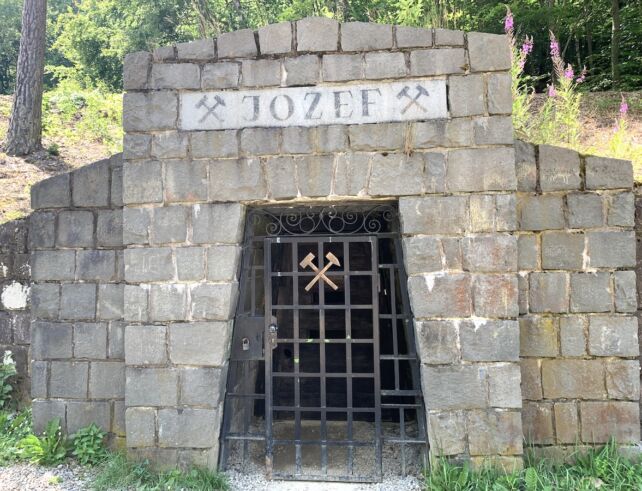
History of the Slovak Opal Mines
The Slovak opal mines were established hundreds of years ago and have been inactive for many years. Some trace the presence of Slovak opals back to ancient Greece. Descriptions of stones in ancient poems match the colors of Slovak stones. Surface mining had been going on for hundreds of years earlier, but it was not until the 11th century that the mining of opals began in depth.
The first written mentions of the mines date back to 1597, when Albert the Great was granted permission to search for opal, issued by Rudolf II Habsburg. In 1775, news of an extraordinary find spread around the world. At the bottom of a stream, next to today’s mines, the biggest opal in the world at the time – the Harlequin – was found. It weighed 607 grams and today is located in the Natural History Museum in Vienna.
Over the years, the opal mines were leased by various owners—some took good care of them, while others conducted ill-considered, chaotic mining that did not yield the expected results. In 1845, the mines were taken over by the Viennese jeweler Salomon Johann Nepomuk Goldschmidt, and that’s when the “golden times” for the mines began. The lease of the mines by his family ended in 1880.
Until the discovery of opal deposits in Mexico and Australia in the 19th century, this was the only place in the world where precious opals were mined. After the discovery of opals in Australia and their increasingly frequent appearance on the market, local extraction ceased to be profitable, and in 1903 the opal cutting factory in Dubník was closed. Later attempts were made to resume mining, but in 1922 the mines were finally shut down.
Over the years, various attempts were made to revive this place. Currently, opals are being exploited from the heaps through open-cast mining. In 2015, the opal mines came back to life, but now as a tourist attraction that draws tourists from Slovakia and other countries!
Underground, there are over 30 kilometers of corridors on 17 levels, five of which are flooded with water. I saw a photo online of diving in them – in a word, “wow!”.
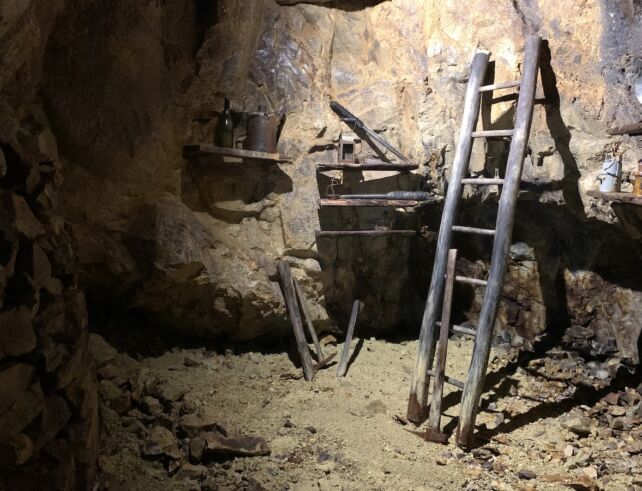
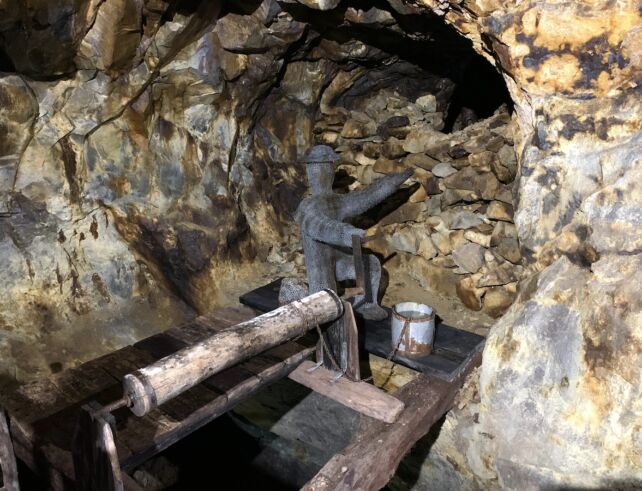
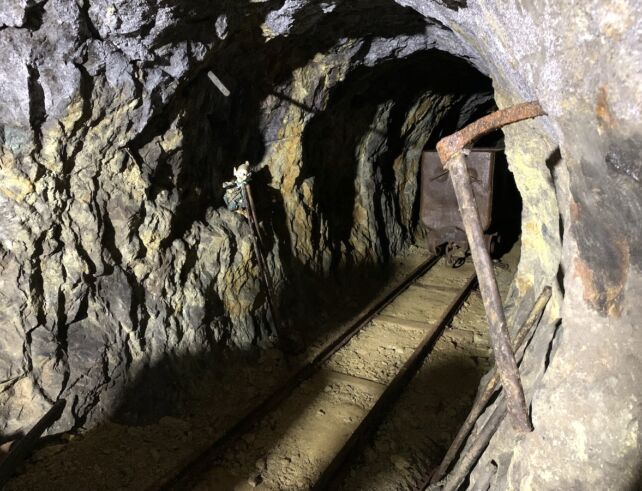
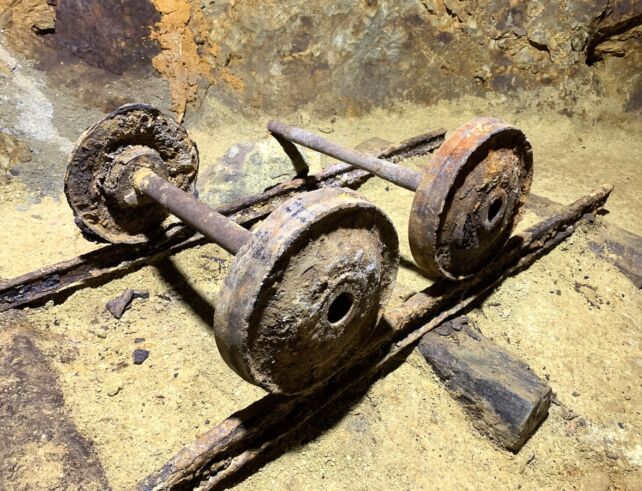
Opals
Opal is often called a mineral, but connoisseurs refer to it as a mineraloid. They are divided into precious – those containing optical effects, and common – where no play of light is observed. Opals can have different colors and forms of so-called opalescence. The most beautiful are those with a multicolored play of light. During the mine tour, one room displays various forms of opals, so visitors can get a better idea of this extraordinary treasure.
Interestingly, the Slovak opal mines were not closed due to the depletion of deposits. They still exist, but from an economic point of view, mining became unprofitable. The discovery of other deposits around the world lowered prices, and the hard rock from which the massif is built did not make matters easier.
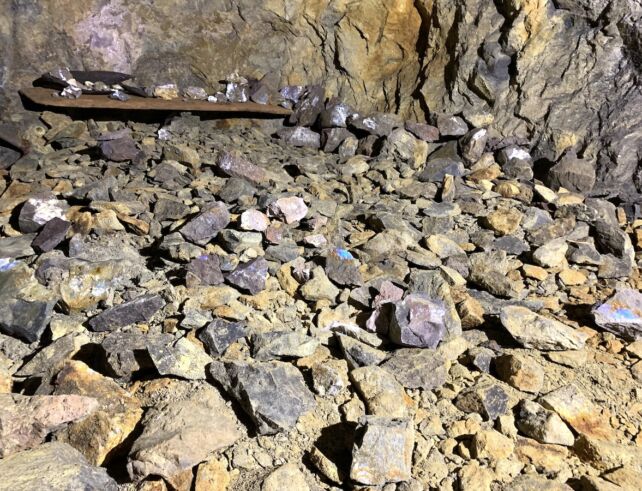
Underground walk
We enter the Slovak Opal Mines through the Jozef adit. Our journey will last over an hour, and we will cover 1280 meters during it. There are no spectacular climbs on the route, and we exit the mine through the same tunnel we entered.
The mine’s galleries are not drained or swept, so as I’ve already mentioned, prepare for a bit of mud. But let’s get back on track! We enter the underground and what can we expect there? Certainly, many corridors and interesting chambers. You will learn about the history of the facility and see tools from the era.
An interesting part of the route is the unlit section, which we navigate by touch alone. It’s an interesting sensation and an opportunity to see what true darkness looks like and the conditions in which miners used to work.
With a bit of luck and a visit in early spring, you might come across bats hibernating in the mine. During our visit, they were no longer there – they were taking advantage of the abundance of food outside.
Remember that the opal mines are protected and destroying them, as well as taking rocks from them or picking plants, is against the law and subject to financial and legal consequences.
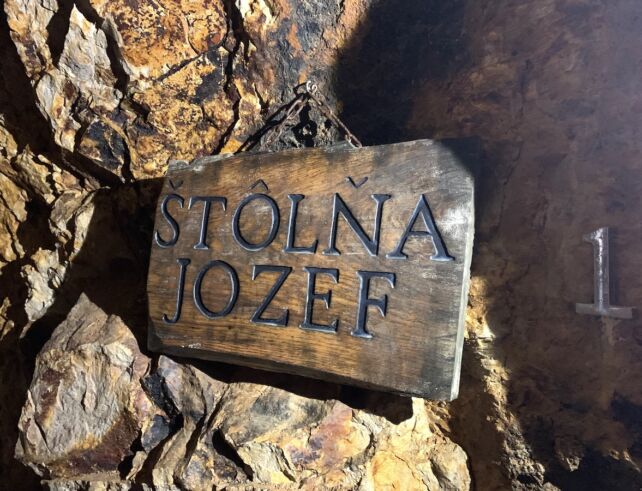
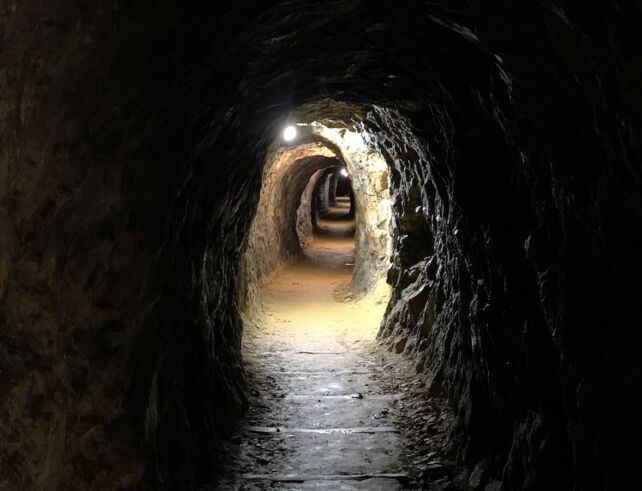
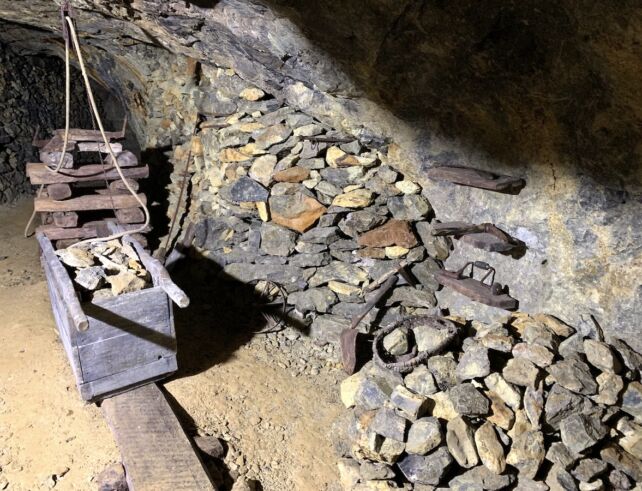
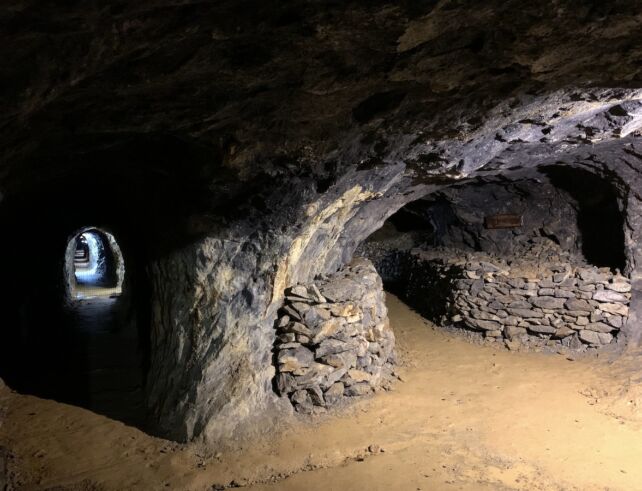
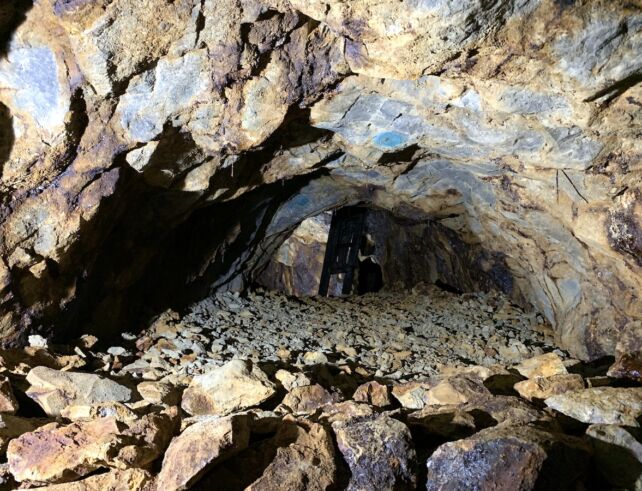

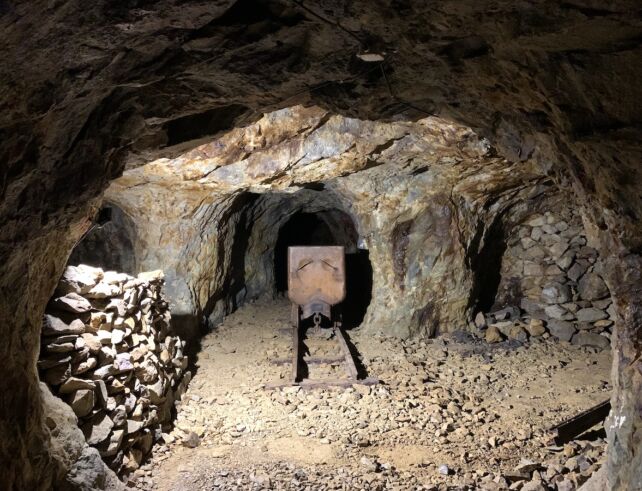
Eyes
In one of the rooms in the mine, an interesting form awaits you, representing large “eyes”. These are actually old shafts carved into the rock by miners. They have been illuminated from the inside with color-changing lamps. It’s an interesting way to represent the spirit of the mine. The Slovak opal mines also have their own sprites/dwarves – if you’re lucky, you’ll find as many as 14 of them on your route.
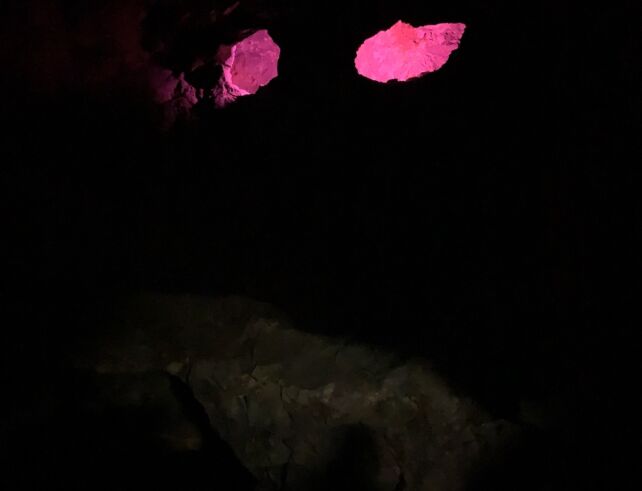
Worth a visit?
The Slovak opal mines in Dubnik are a fantastic place! A piece of history, great narration, and interesting interiors make it worth visiting. It doesn’t matter if you’re fans of geology and mining. Go alone or with children because it’s an extraordinary adventure. You will surely remember this visit for a long time!



